A Free Pattern and Tutorial for a Pan Protector
Maybe,you received a beautiful new pan recently that you want to keep in pristine condition. I was gifted a steel wok pan by my brother-in-law, and while organizing my kitchen, I realized I needed a way to protect it from scratches when stacked with my other cookware. That’s when I remembered the handy pan protectors my friend Astrid used. Instead of buying them, I decided to sew my own!
In this tutorial, I’ll show you how to easily sew custom pan protectors that will help keep your pots, pans, and even glass bowls safe from damage. Not only are they practical, but they’re also a great way to use up fabric scraps you already have on hand! Plus, these make wonderful, thoughtful gifts for anyone who loves to cook. Let's dive into this simple project and protect your kitchenware in style.
Let me tell you, these pan protectors are easy to sew. You probably have enough scraps in your current collection to make a few of these. They also make a great gift. It is something everyone can use, right? They might not be a kitchen staple yet, but I think anyone would be happy to protect the precious non-stick layer of their pans when stacking them in their kitchen cabinets. You can also use them for delicate glass or porcelain bowls if you want.
The free pattern for a 14 inch pan protector is downloadable at the bottom of this article. If you want a bigger or a smaller size, you can easily change the size using this pattern. Just adapt the length of the ‘legs’ when copying the pattern to your fabric.
You Need
-
- 2 fabric pieces of 15 by 15 inch (you can also assemble several smaller fabric pieces together)
- 15 x 15 inch of thin batting or felt to give the protector some extra thickness so it can really protect your pan from scratches.
- The PDF with the pattern pieces (2 pages). On the first page there is the main pattern piece, on the second page there is the second 1/4th of the pattern, identical to the first. You can attach these 2 pieces. When you copy this ½ piece (¼ + ¼) on the fabric fold, you’ll end up with the full shape on your fabric pieces.
The Steps
1. Print the pattern PDF, and cut the 2 pieces out. If you want you can attach them at 1 side.
2. Fold your two 15 by 15 inch fabric pieces in half. Position the assembled pattern piece on the fold. You can hold it in place with sewing clips.
3. Copy the pattern on the fabric with a fabric marker and repeat this with the other fabric piece. The seam allowance (¼ inch) is included in the pattern. Cut both out.
4. Copy the pattern piece on the batting or felt. Use one of the fabric pieces you cut in step 2 or use the pattern piece and copy and cut on the fold like you did with the two fabric pieces.
5. Baste the batting to one of the fabric pieces with basting spray or fabric glue or quilt the fabric and the batting together with a couple of rows of basting stitching. If you are wondering about basting in general, I wrote a blog about basting in sewing. For this job I used fusible batting. It is not really thick but it gives the protector enough softness to protect my pans. Trim the edges a little if your batting peaks out.
6. Now put the fabric piece with the batting and the one without on top of each other, right sides facing each other, and sew all around ¼ inch from the edge. If you have a hard time keeping a consistent quarter-inch seam allowance, use a quarter-inch quilting foot with a guide. Leave a 2-inch turning hole at the top of one of the ‘arms’.
7. Trim the edges and then turn your project right-side out. Iron flat.
8. Turn the raw edge of the turning hole inward. Pin the turning hole close. Close the hole with a ladder stitch by hand Iron and press the project. If you want, you can also topstitch all around to finish your protector neatly.
9. ALL DONE!
Variations
-
- If you want to make another size, you can just trim or lengthen the arms/legs of this “octopus”.
- If you want to make this project even easier, you can also sew the 2 pieces wrong-sides together in step 6 and then just trim the edges with your pinking shears. The end result will be flatter than it is with the method described above and no turning or hand sewing involved!
- If you want to make another size, you can just trim or lengthen the arms/legs of this “octopus”.
And there you have it—a simple, effective solution to protect your pans and bowls from scratches while stacking them in your kitchen cabinets! These DIY pan protectors are not only quick and easy to sew, but they’re also a fantastic way to use up scrap fabric and add a touch of creativity to your kitchen organization. You can easily adapt the pattern to make larger or smaller protectors, or even simplify the process with pinking shears if you’re short on time.
Whether you're making them for your own kitchen or as a thoughtful handmade gift, these pan protectors are a practical sewing project that anyone can use. So grab your fabric, batting, and sewing tools, and protect your cookware in style! If you’ve made your own pan protectors, we’d love to see your creations—feel free to share them in the comments below.
Other neat kitchen projects for you to make on the sewing blog:
Enjoy the rest of your day. I hope you can spend some time behind your sewing machine and make beautiful things :-))
Happy sewing!






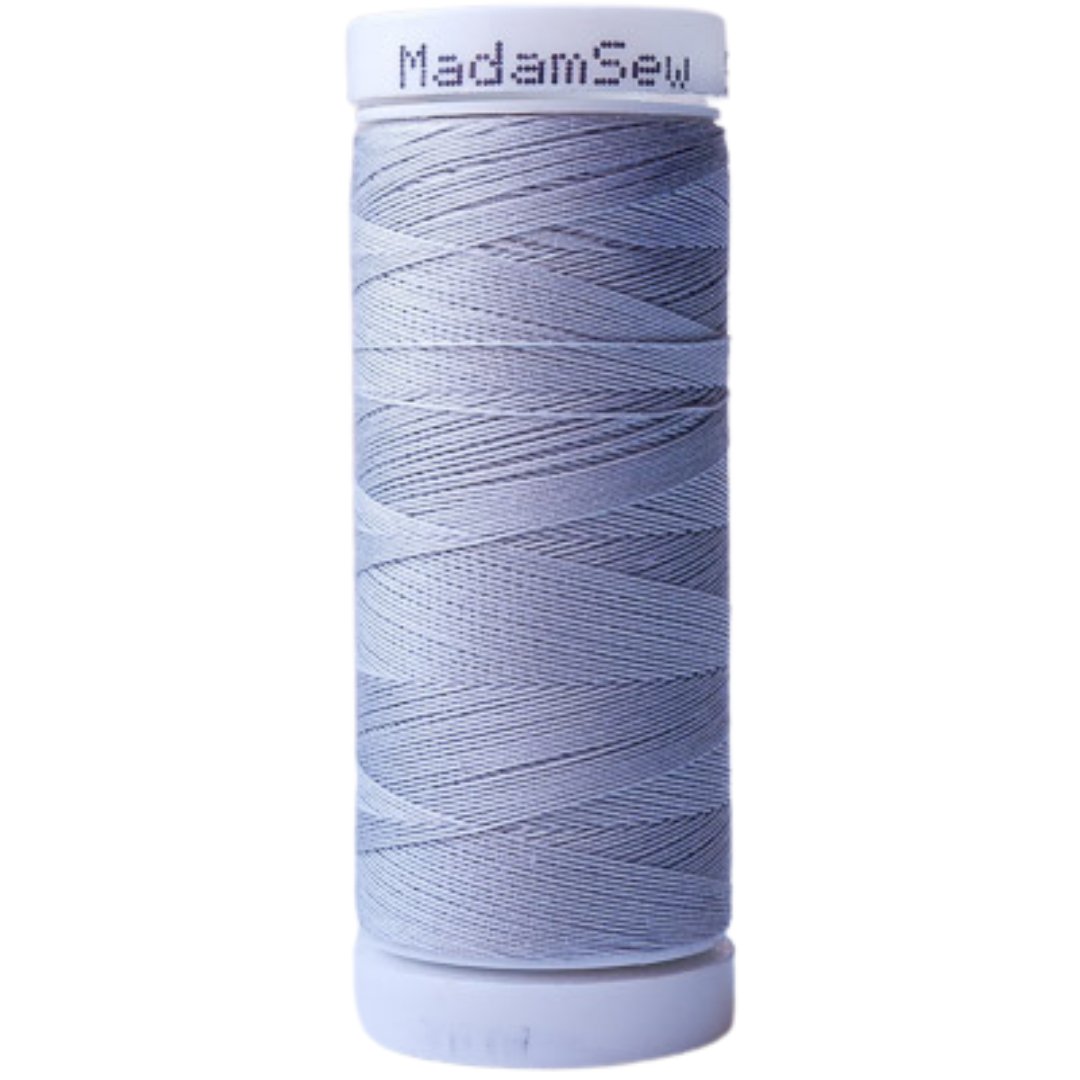
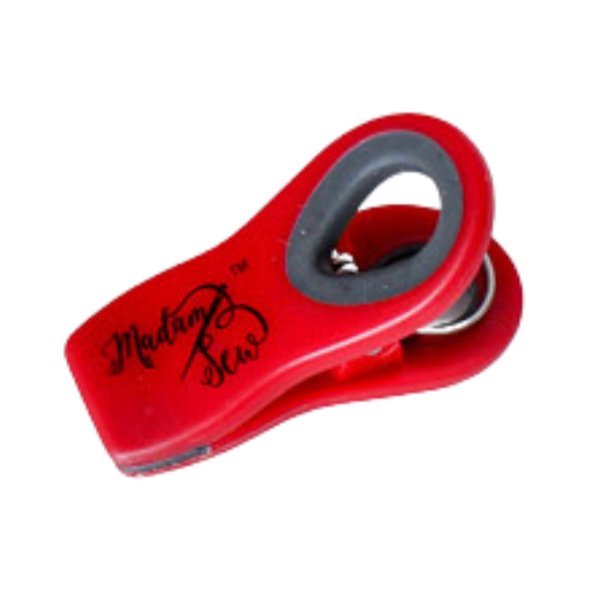
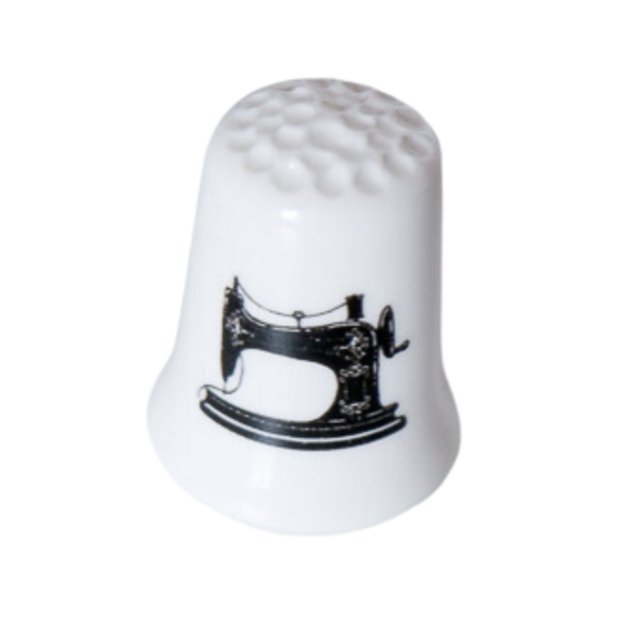
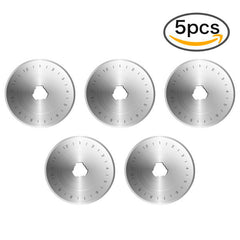

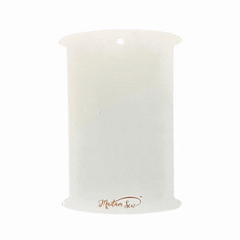
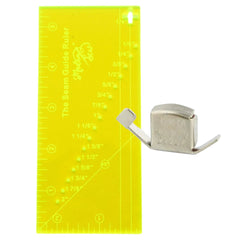
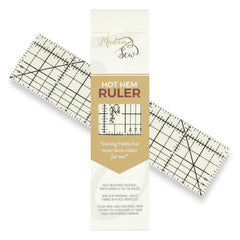
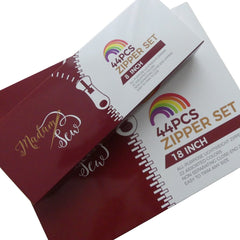
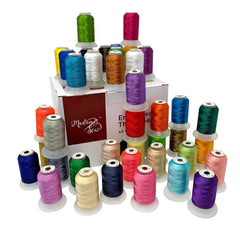

15 comments
Thank you for pattern
I have many jelly rolls, so will try use some to make these pan dividers. Should be easily adapted to jellys. If need be, could use a charm square in the middle and then put arms on the sides and corners.
So glad to have found this quick and easy pattern. My daughter has asked for these for Christmas…..well her wish will be granted. Thank you for sharing 🤗🧵✂️🎁
Love the pattern. Several people are looking for the pattern. Maybe put it on the website for all to see. I have made several and love them. Great for camping or in a camper to protect when moving.
I love this idea. I will make these for platters also.